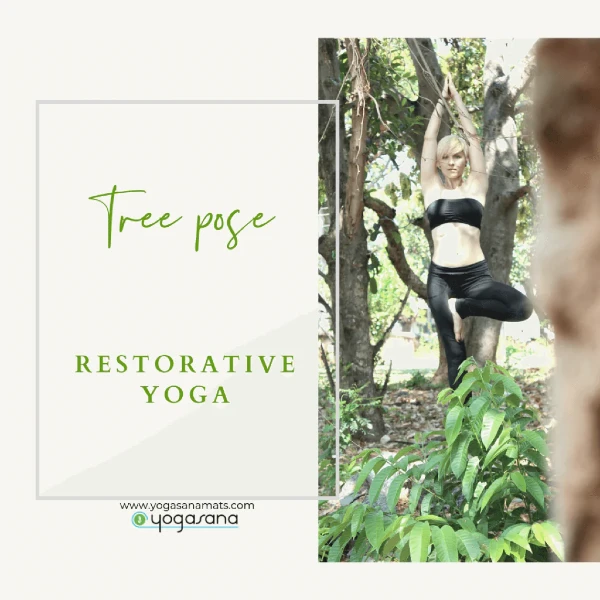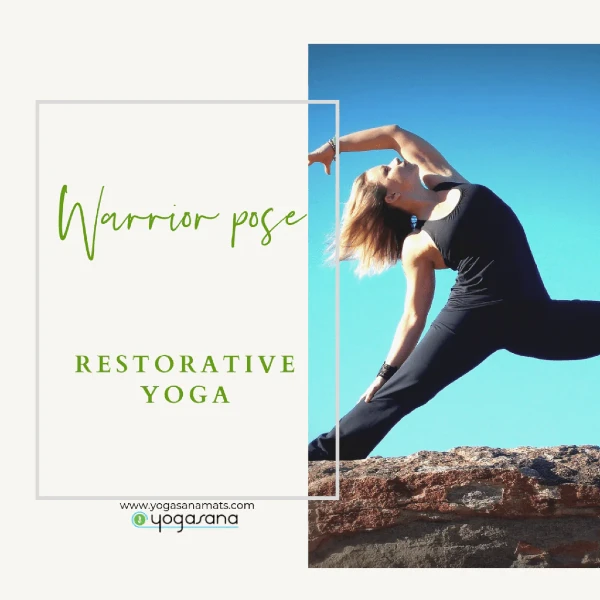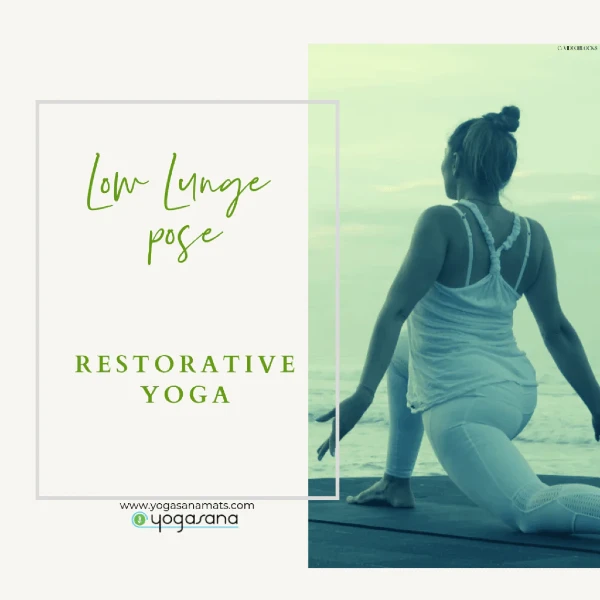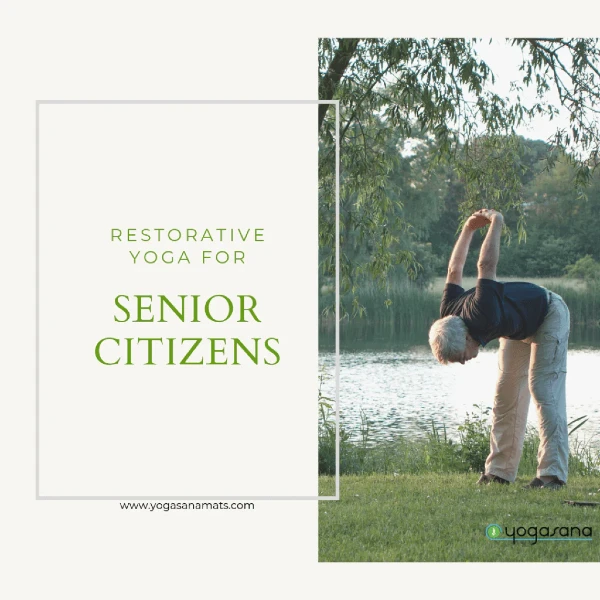You can’t help getting older, but you don’t have to get old.” – George Burns
Many people fear the eventual aging of the body. The part of life where we are physically limited to do things which were simpler in our youth. The aging body becomes frailer, and more at risk of getting diseases of the heart, lungs, brain, and other vital organs that have worked hard to keep us fit for many years.
Many advocates promote having a healthy diet and active lifestyle, and more people regardless of age look to yoga for the physical, mental, and emotional healing it gives.
It’s easy to think that yoga is something tailored to the young: tight yoga pants, ridiculous poses – it seems like yoga is no place for folks who remember Kennedy in office. But despite some popular culture tendencies, the truth is yoga is for everyone. That’s what makes it such an incredible form of exercise for your mind, body, and spirit.
Yoga’s definition is not confined to acrobatic movements and muscle-popping handstands that puts your body to its physical limit. That’s just part of the whole picture. There are so many branches of yoga that you can explore to help you lead a more active lifestyle and keep your health at bay. For seniors, restorative yoga is a highly recommended branch. But what is it exactly? And how does it differ from the yoga that all the nimble young ones are doing these days?
What Is Restorative Yoga?
It’s a form of yoga that allows you to deeply and thoroughly relax your muscles, remove all the tension, and ease your mind from all the worldly stresses of life. It’s about doing simple poses and holding them as you breathe in and out gradually. The breathing exercises that you do while posed allows oxygen to flow through your veins and provides you the healing you need for your mind, body, and soul. Just reading what it is gives you some release from tension, doesn’t it?
It’s a great exercise for seniors. It’s slow, it’s relaxing, and it’s friendly to your crispy bones. It’s one of those lesser known branches quietly meditating in the back of the room while its other active, more acrobatic folks take the spotlight.
While typical and more popular yoga classes lean on strength training and dynamic movements, restorative yoga goes on the other end of the spectrum. It puts your body through a lot of passive stretching and deep breathing. You keep your position by using props, chairs, or a supportive family member, or a friend who will do anything to keep your balance and prevent you from popping a knee or two.
How Can Restorative Yoga Benefit Senior Citizens?
With the rising popularity of yoga in the West, many scholars and medical experts conducted plenty of studies about its benefits to someone’s overall wellbeing. There’s a lot of physical and psychological health issues that come with age. Issues where restorative yoga can be beneficial.
These are just some of the benefits of restorative yoga.
In other words, disconnect from the craziness of everyday life which can help you prepare your mind and body for future stresses. Through self-meditations and relaxing breathing exercises.
Improve Your Balance
As we get older, maintaining balance can become an issue. Yoga helps people to improve and maintain balance through a variety of poses.
Great for the Nervous System
Restorative yoga focuses on slow-paced and deep breathing, which triggers the parasympathetic nervous system.
Improves Respiration
Restorative yoga focuses on slow-paced and deep breathing, which triggers the parasympathetic nervous system.
Improves Respiration
The lungs play a great role in keeping our bodies oxygenated. Restorative yoga is focused on relaxing and meditative breathing, involving the lungs and respiratory tract, releasing harmful toxins out of the body through the lymphatic system, and putting oxygen to different organs through our blood to make sure every part of the body works perfectly in-synch.
Encourages Mindfulness
The slower movements of restorative yoga cultivate a deeper experience of the poses and breath. You’ll feel and notice more.
Reduces Stress and Anxiety
Restorative yoga helps lower cortisol levels. It increases blood pressure, heart rate, and muscle tension. Restorative yoga relaxes the body and lowers heart rate while focusing on breathing slowly and properly.
When you feel strain in the chest, neck, and shoulders, they usually signify high stress levels. In this instance, it’s better to use a milder, more soothing approach like restorative yoga rather than doing more nimble, movement-based exercises.
Boosts Immune System
Restorative yoga boosts the body’s immunity by putting oxygen in our blood and muscles through breathing. When there is enough oxygen in our veins that goes to our entire body where it is essential, all normal body functions continue to work and the resistance to diseases increases.
Gives the Body Flexibility
Your body relaxes as you go through the sequence slowly, breathing deeply. This relaxation response releases tension in your muscles, which allows your heart rate to slow down and enhance digestion to let the body heal itself naturally.
Keeps Blood Pressure at Bay
Anxiety and stress are often the culprits of hypertension. Regular restorative yoga practices helps practitioners heal and control these symptoms, allowing heart muscles and internal organs to relax and thus lowering pressure in the blood to keep body functions working properly.
Helps Lose Body Fat
A study in 2013 conducted by the University of California found that those who participated in restorative yoga sessions lost more subcutaneous fat, the fat under the skin, than those who did more dynamic forms of exercise and even kept losing them after the guided sessions when there was less direct supervision.
Using restorative yoga as a regimen to lose those extra weight and fat is a good idea for senior citizens to maintain their weight. It’s an easy way to keep their health in check since they’re not required to move too much. This means there is less strain on their body but they’re still getting the benefits off of it.
“The postures focus on relaxation and stress reduction and are more feasible for overweight individuals.” Says Dr. Maria G. Araneta, the lead researcher from the University of California who did the study.
A Few Things Before You Start Restorative Yoga
If you are someone who’s in their golden years and wanting to take up restorative yoga as part of your healthcare regime, we highly recommend consulting your healthcare practitioner first.
Although restorative yoga is a practice that can be done by every age and gender, everyone has a unique body that may or may not be able to perform certain positions. But there are many poses anyone can try and we’re sure you’ll find one or two that will work perfectly for you.
Joining classes during your first few months is not a bad idea. There, they will teach you how different poses are done properly, help you position the props, and give you the overall feel and guidance you will need for your journey to a relaxing, meditative lifestyle.
If you’re a do-it-yourself kind of person or someone who already has some background in yoga, then go ahead and try these restorative yoga poses we’ve listed for you to try. You can do them however long or short you want as long as you stay relaxed and focused.
Don’t be too hard on yourself if you find yourself falling asleep during practice as this is totally okay. It can be quite tempting to be “to relaxed” especially when swaddled like a baby on a blanket. Some classes do have poses like that, so go ahead and free yourself from stress and take your mind to places you want to go.
And lastly, if something hurts and it feels wrong, slowly shift your body to a more comfortable position or find a different pose that wouldn’t feel like you’re about to pull a tendon.
What You Need When Doing Restorative Yoga
You’re probably going to need a few props ready beforehand. Remember, restorative yoga is about keeping your poses held, sometimes for long periods of time, so you need to be comfy. Have your blankets, blocks, pillows, bolsters, and chair within arms reach so it’s easier to get when you need them.
It would also be good to have a reliable yoga mat whenever you practice. It offers some cushion and support for your body for less pain and more comfort. Yoga mats are the difference between safe practice and unintentional slip-and-slide on a smooth flooring or surface.
Restorative Yoga Poses for Senior Citizens
Not sure if you can still do those yoga poses being shown across social media and online? No problem! Here are 4 poses that are ideal for people of all ages and capabilities:
Tree Pose

Helps to improve balance and prevent falls.
How to do it:
- Stand with your legs together and your arms straight over your head, palms together.
- Raise your right leg slightly off the ground so that the toes are still on the ground and your heel is touching the inside part of your ankle.
- Balance for 20 to 30 seconds if possible.
- Repeat with the other leg. Hold onto something if necessary.
Warrior 2 Pose

Stretches your groin, hips, and inner thighs while building bone density.
How To Do It:
- Begin with your feet hip-distance apart and your arms straight at your side.
- Turn to the right, and step your right foot out wide about 3 to 4 feet while keeping your heels in line. Turn your right foot out to a 90-degree angle.
- Inhale and raise your arms straight to the sides to shoulder height.
- As you exhale, bend the right leg until your thigh is parallel with the floor. Your left leg should be straight.
- Hold pose for up to 30 seconds while concentrating on your breath.
- Repeat pose with other leg.
Extended Puppy Pose

A cross between downward dog and child’s pose, this pose extends your spine without hurting your knees.
How to do it:
- Start on all fours in a tabletop position, with your knees under your hips, and wrists under your shoulders. Place a towel under your knees if necessary.
- Walk your hands in front until your chest is close to the ground while your hips remain over the knees.
- Keep your head down, and press your arms and hands into the ground.
- Breathe deeply for 20 to 30 seconds, and then return slowly to tabletop.
Low Lunge Pose

The benefits of a lunge, but with the added stability of the back leg remaining in contact with the ground.
How to do it:
- Stand with your legs hip-distance apart and arms at your side.
- Step the right foot forward and bend the knee until your knee is directly over your ankle.
- Your left leg is straight behind you with the knee or shin resting on the ground. Place a towel under your back leg if necessary.
- Press your hands or fingers into the floor to the side of your right heel.
- Keep your upper body lifted.
- Breathe for 20 seconds, and then return to standing and repeat with the other leg.
In Conclusion
They say “Life begins at 40,” but wait until you’re 60 where age comes with wisdom and kindness, but also cursing the body with poor taste buds and crispy bones. It’s the time when exercise becomes a necessity where the onus to keep the body fit is often offputting rather than encouraging.
Restorative yoga is the perfect accompaniment towards an active and fulfilling lifestyle. Its design is tailored for people of age who are looking to find an exercise that’s meant to foster a healthy mind, body, and soul. It is not meant to obligate the body to push itself to the limit, but rather keep it in a steady state where there is nurture and calm.
It is an activity that does not choose based on age, size, or gender. Everyone can do it, and so should you. So go ahead. Get your yoga mats, props, and music ready and give restorative yoga a try. Open your heart and mind, and your body shall follow to embrace it, too.






